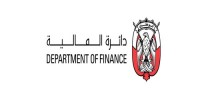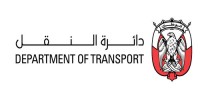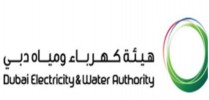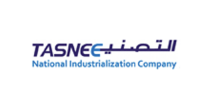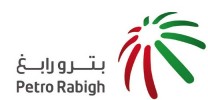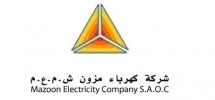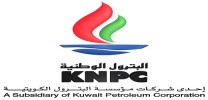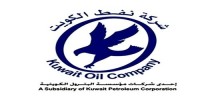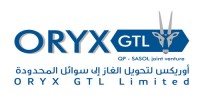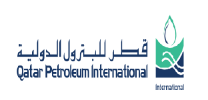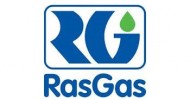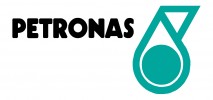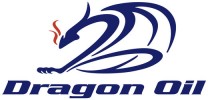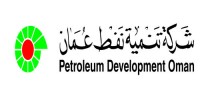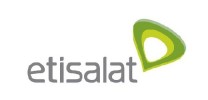
Strategy for Industrial Fire: Risk Assessment and Protection of Installations
Course Introduction:
Industries involving the use of storage or handling and transporting of hazardous or combustible materials possess potentially serious fire, life safety and environmental hazards if safe practices are not adhered to. Accordingly there is a plethora of international legislative codes and regulations for the process and transportation of explosive and flammable materials, all demand special attention.
The purpose of fire risk assessments is to improve safety management systems, NOT simply to collect data and file. The assessments have to be both "suitable and sufficient", must never be carried out in isolation but in a practical and systematic way. Naturally, there cannot be an "off the shelf solution". Every workplace is different. It is vital that assessors are able to seek commitment from the top of the organisation and to consult with all relevant personnel; this will ensure a company-wide acceptance of the findings.
Paradigms are being shifted to emphasize the concept of fire assessment and safety systems as organizations attempt to effectively reduce losses and protect their reputation. So much so that all employees must have an understanding of fire, how quickly it can spread, and how devastating its impact can be. With this knowledge, employees will be better equipped to recognize fire hazards in their work environments and take steps to introduce and practice fire safe behaviors. Industrial Fire Risk Assessment, Safety and Emergency Planning include compliance with applicable regulations, adopting suitable best practices, and applying common sense.
This dynamic course provides the delegate with all the requirements and instruction on what to do and what not to do when carrying out assessments and implementing the findings.
Course Objectives:
Upon successful completion of this course, the delegates will be able to:
- Carryout a comprehensive fire risk assessment
- Determine the means of detecting and giving warning in the event of a fire
- Determine the means of escape and emergency lighting
- Understand the requirements for signage and fire-fighting equipment
- Provide staff with information on risks and training
- Understand the requirements of a comprehensive fire risk assessment and training needs analysis for key responders
- Create a safer industrial environment for you and your company
- Acquire the techniques for implementing effective safety management systems and emergency plans
- Understand the necessities for an efficient and timely response
Who Should Attend?
This course will benefit anyone who desires to develop an organisational understanding of fire and safety competences to allow them to carry out fire risk assessment processes, prepare emergency plans and so enhance their careers. It is also intended for those who are responsible for enhancing fire safety awareness and emergency planning practices in industrial applications:
- Health safety and environment professionals and representatives
- Emergency response team members/leaders
- Fire and security officers
- Others who may find themselves in a leadership position when responding to a major emergency or involved in implementing the company’s Health Safety and Environmental Safety Management Systems.
Course Outline:
Day 1:
Principles of Industrial Fire Risk Assessment, Safety & Emergency Planning
- Fire precautions regulations and legislation
- Basics of Fire Safety and the cost of fires
- Four steps to a successful Fire Risk Assessment
- Methodology and checklist for carrying one out
- Checklists – ignition and fuel sources
- Design and construction requirements for exit routes
- Checklists - Escape Routes; Lighting; Stairways; Emergency Exits; Escape Doors; Alarms & hardware
- Firefighting equipment and fixed extinguishing systems
- Evacuation Procedures - including Bomb Threats
- Workshop - Theory into practice - Delegates to carry out an inspection and Fire Risk Assessment
Day 2:
Effective Safety, Fire Prevention and Emergency Planning Programme
- Fire prevention policy:
- Portable Fire Extinguishers (PFE)
- Class of fire
- Class Discussion on use and limitations of PFE followed by PFE Quiz
- Fire Protection and Fire Prevention Measures
- Safety and your emergency action plan/s
- Information gathering and processing of plans
- Consider by function, the personnel involved in the planning process
- Twelve emergency planning steps & Roles and Responsibilities
- Workshop - Theory into practice - Delegates to compile an Evacuation Plan
- Conducting a Training Needs Analysis and the Identification of roles – Fire Wardens, Incident Controllers, others?
- Case Study – Piper Alpha – when all the planning goes wrong
Day 3:
Communications, Emergency and Evacuation Drills and Exercises
- Guidance on developing fire training, drills and exercises;
- Exercise design formula
- Learning from evacuation drills & fire-fighting exercises
- Feedback for future assessments, emergency action plans & procedures;
- Checklists for a prolonged incident involving an evacuation
- Emergency Centres, Staffing, facilities and reporting facilities
- Alerting and Warning, Communicating with staff, neighbours or public
- Communications, Public/media, maintain continuity flow of information
- Reputation Management
- Case Study – Mexico City, Pemex 1984
Day 4:
Essentials of Safety Management Systems
- European Union Directives: Control of Major Accident & Hazard Regulations
- On Site Safety Management Systems
- On and Off-site Emergency Plans
- Case Study – Flixborough 1974 UK
- Incident Command Systems
- On-scene management. How to quickly establish a reliable information flow from the scene, co-ordination all resources, on and off site;
- Post-incident evaluations, de-briefs and reports
- Case Study – Texas City, USA, 2005
Day 5:
Maintenance of Equipment, Plans and Procedures-Exercising
- Workshop and Class Exercise – “Safe operation of an Industrial Site”;
- Human behavior and Fire Safety
- Case Study – Buncefield Oil Depot, UK December 2005
- Programme Evaluation
- Discuss personal action plans
- Course summary - Open Forum – time permitting
Course Methodology:
A variety of methodologies will be used during the course that includes:
· (30%) Based on Case Studies
· (30%) Techniques
· (30%) Role Play
· (10%) Concepts
· Pre-test and Post-test
· Variety of Learning Methods
· Lectures
· Case Studies and Self Questionaires
· Group Work
· Discussion
· Presentation
Course Fees:
This rate includes participant’s manual, Hand-Outs, buffet lunch, coffee/tea on arrival, morning & afternoon of each day.
Course Timings:
Daily Course Timings:
08:00 - 08:20 Morning Coffee / Tea
08:20 - 10:00 First Session
10:00 - 10:20 Coffee / Tea / Snacks
10:20 - 12:20 Second Session
12:20 - 13:30 Lunch Break & Prayer Break
13:30 - 15:00 Last Session





.jpg)

























